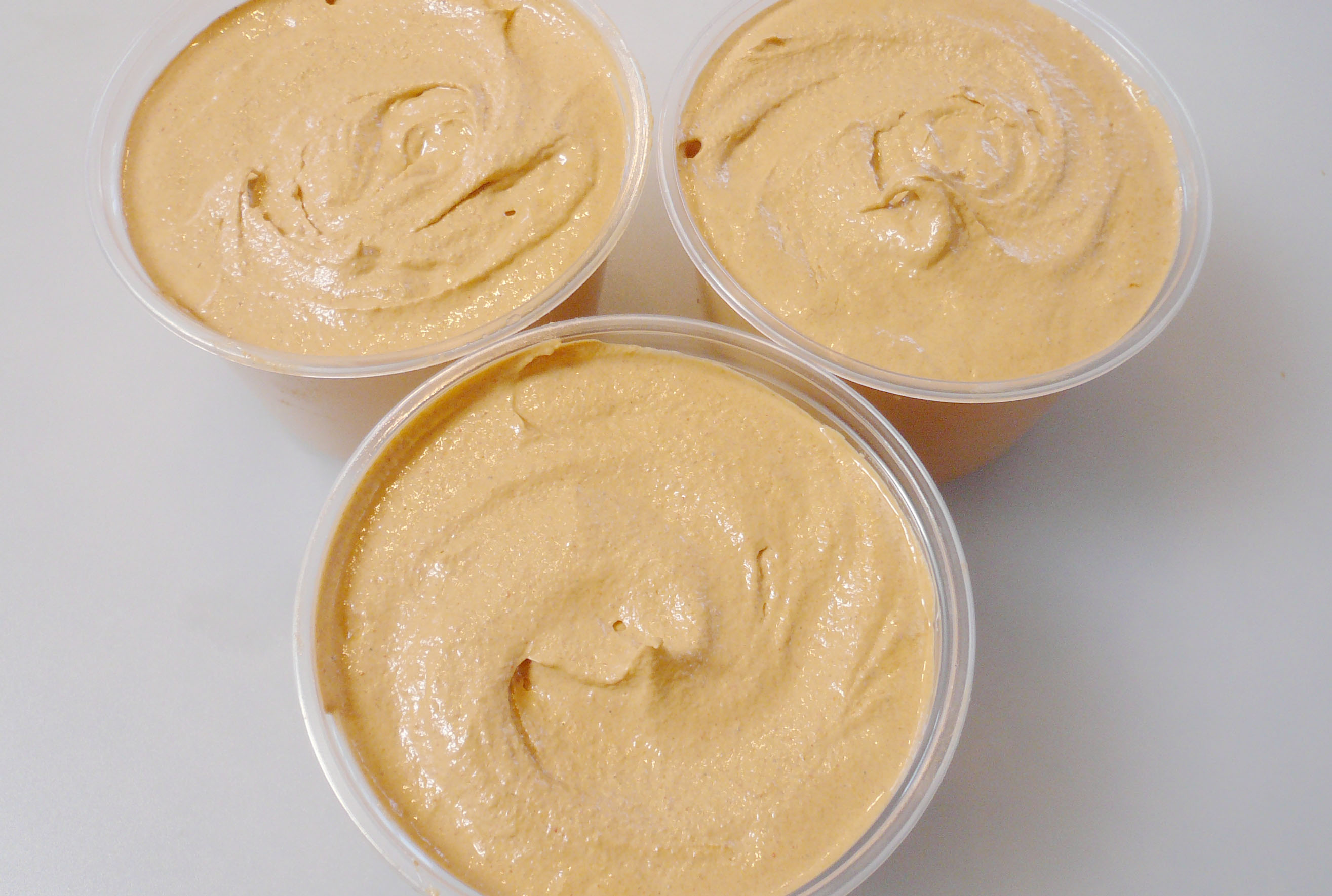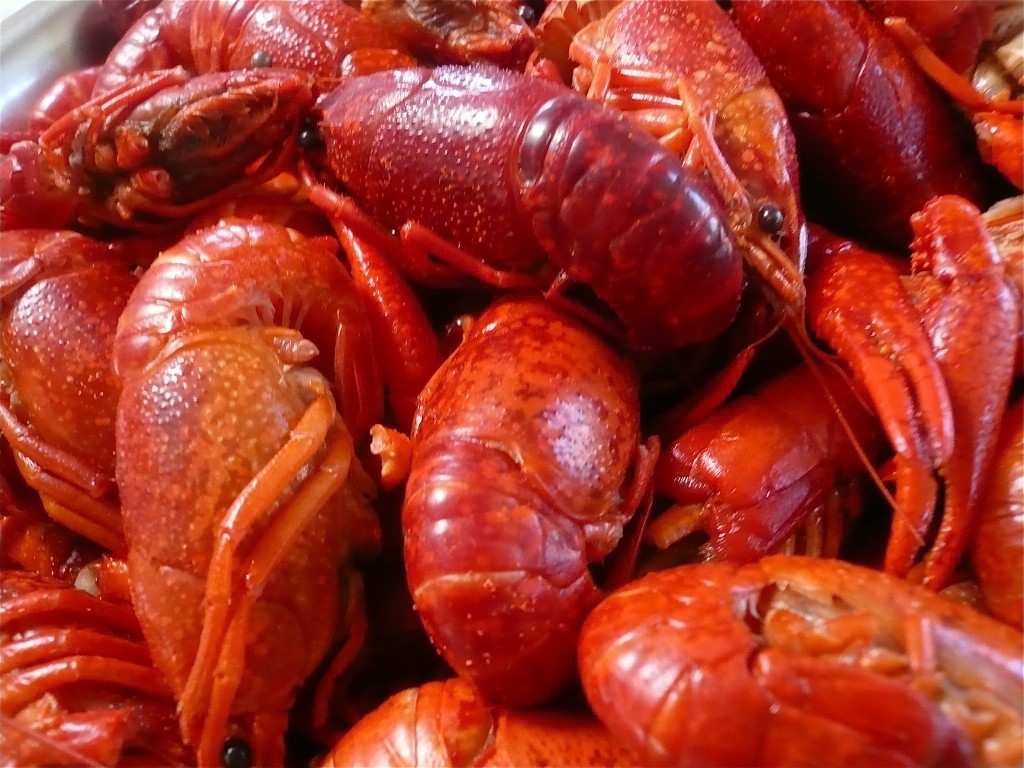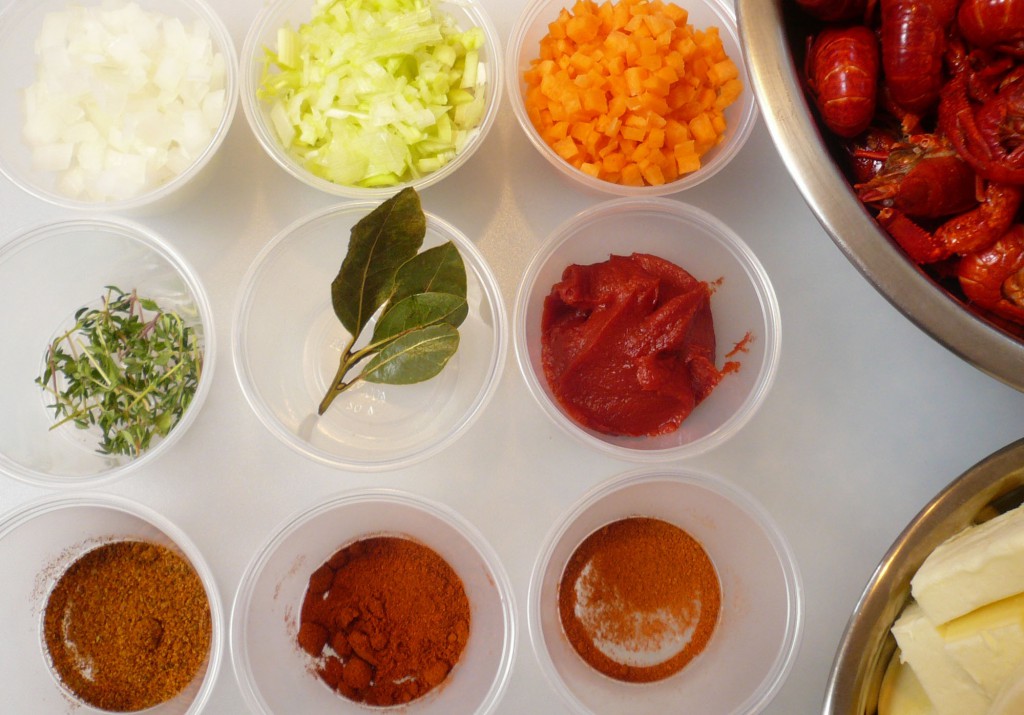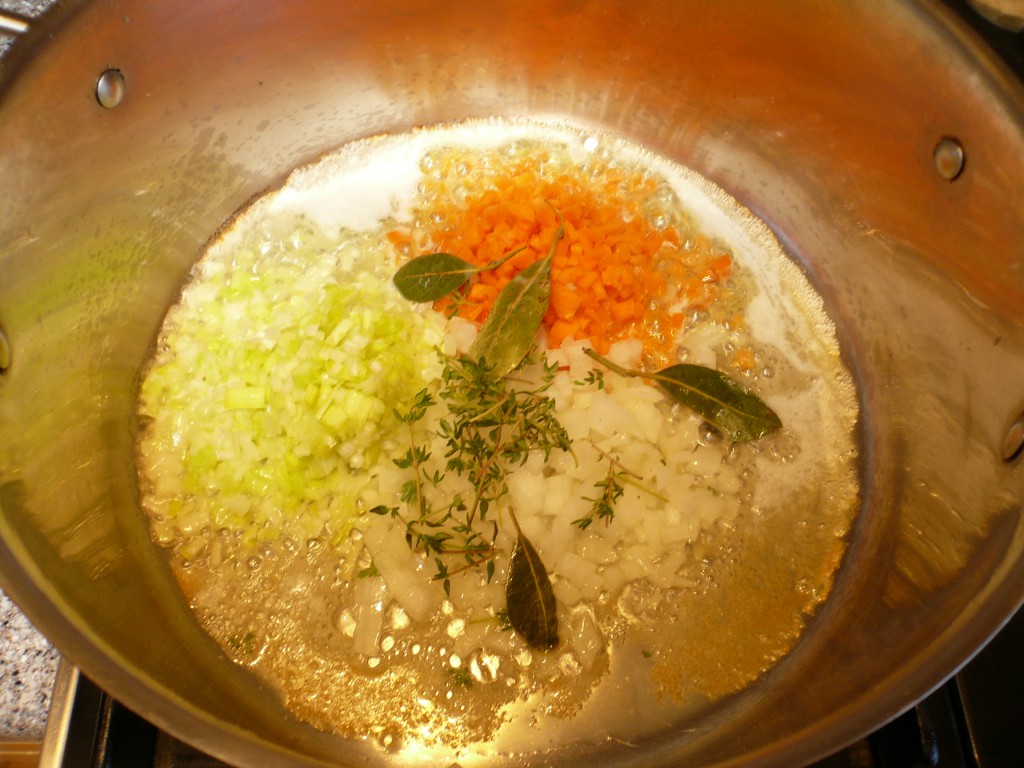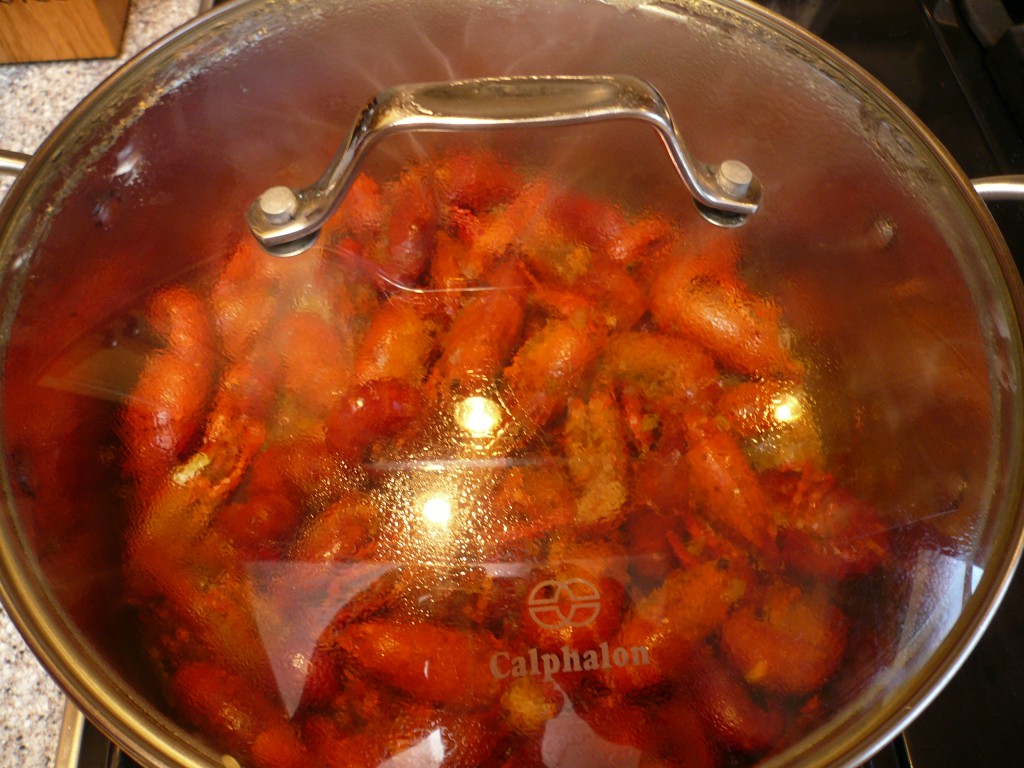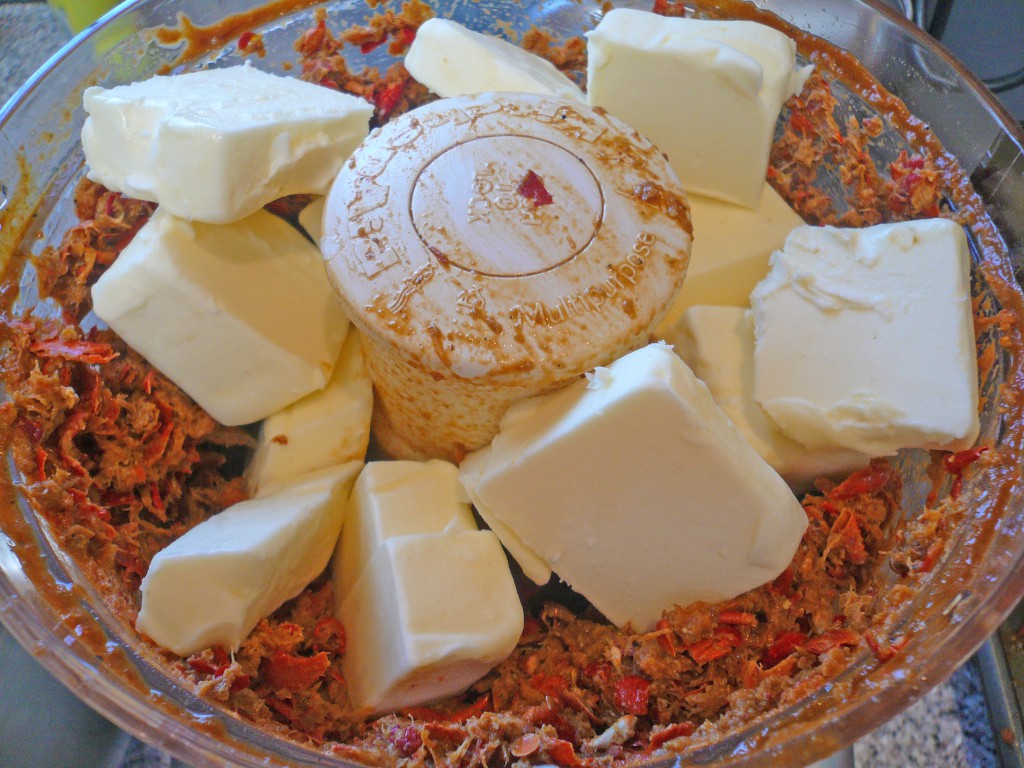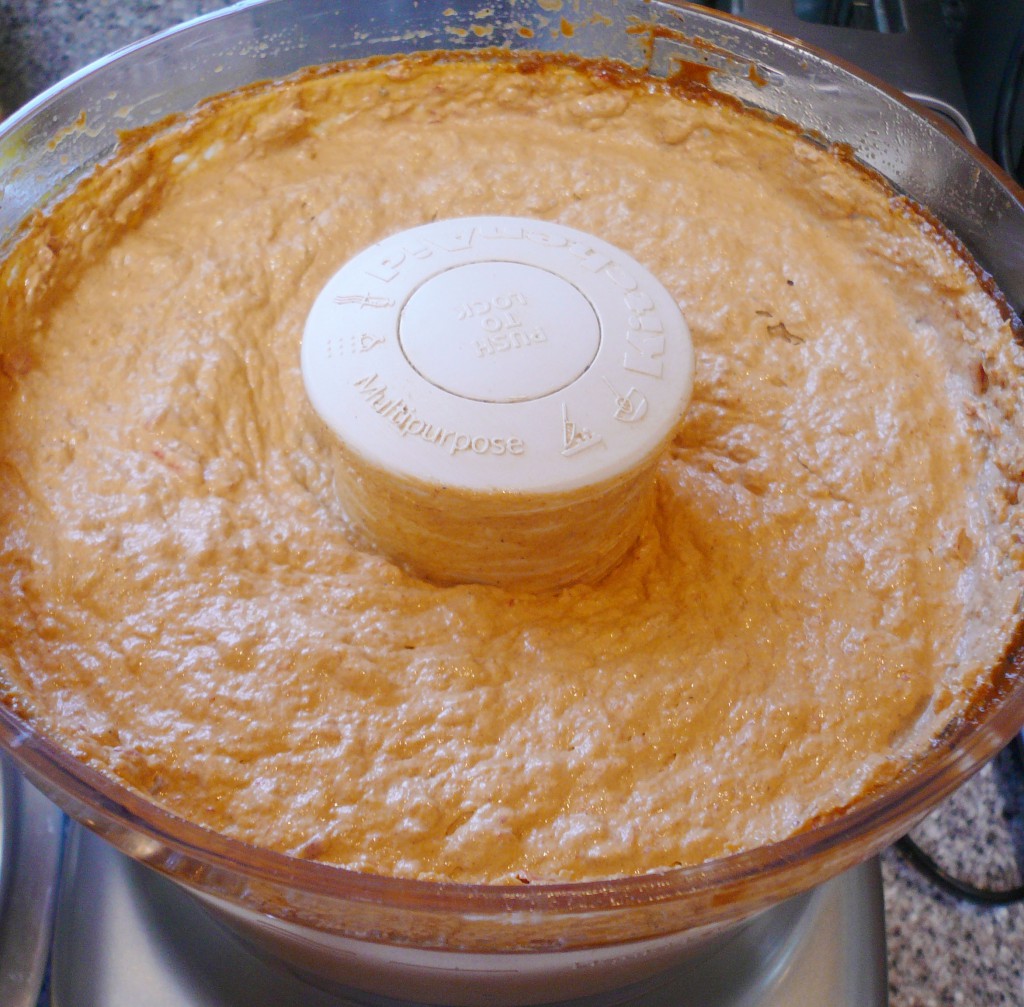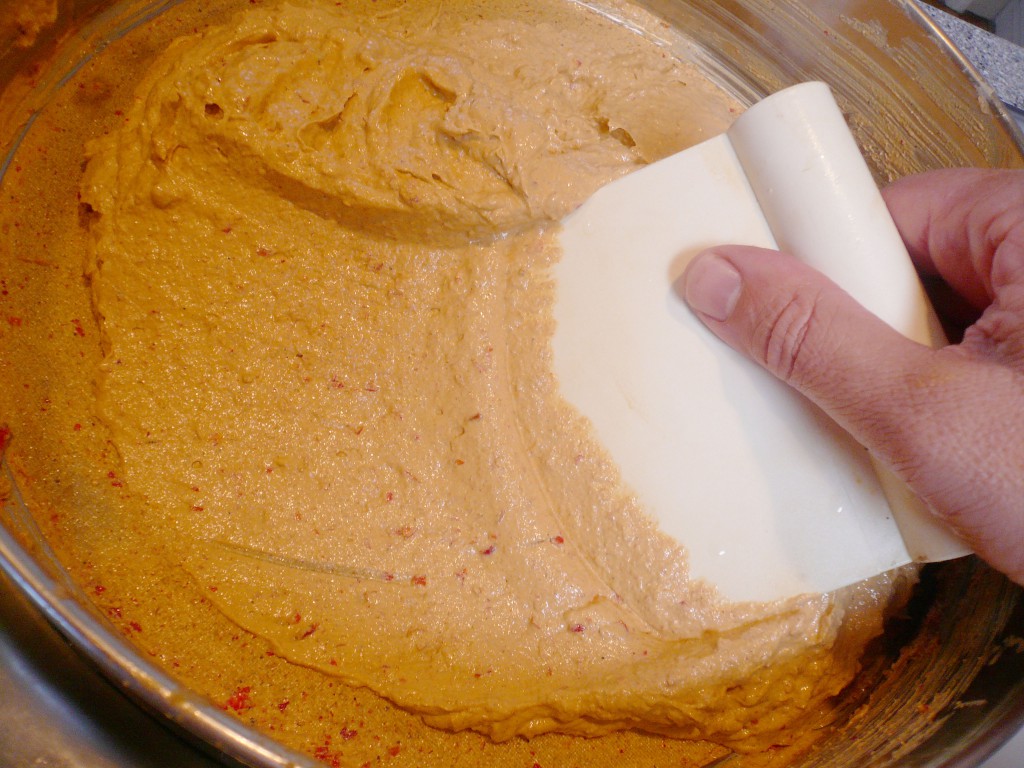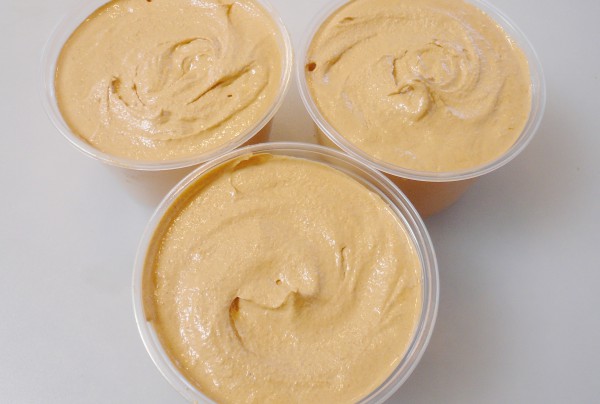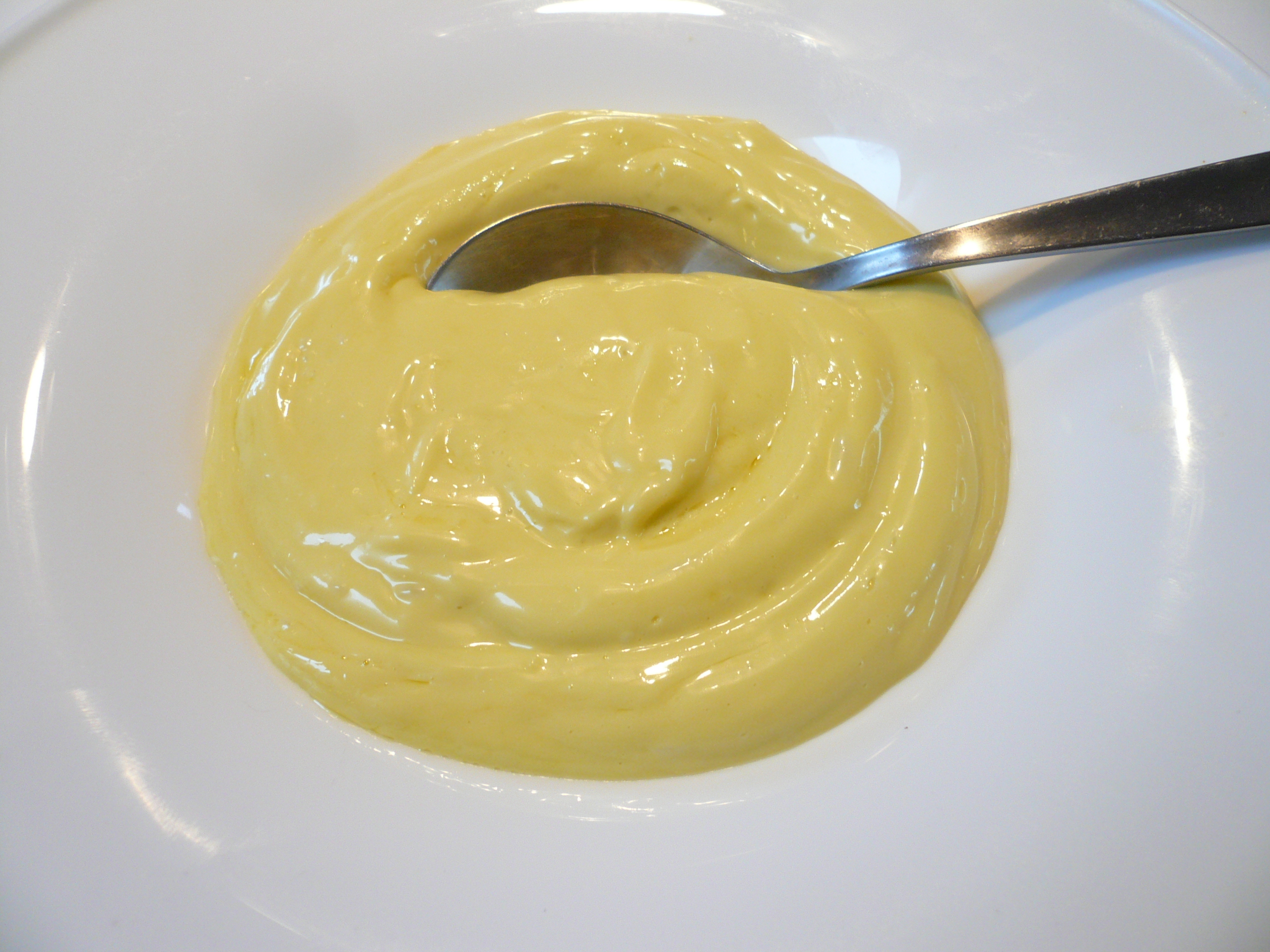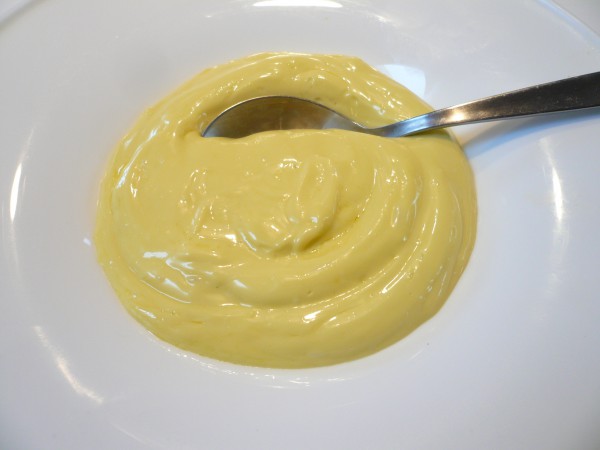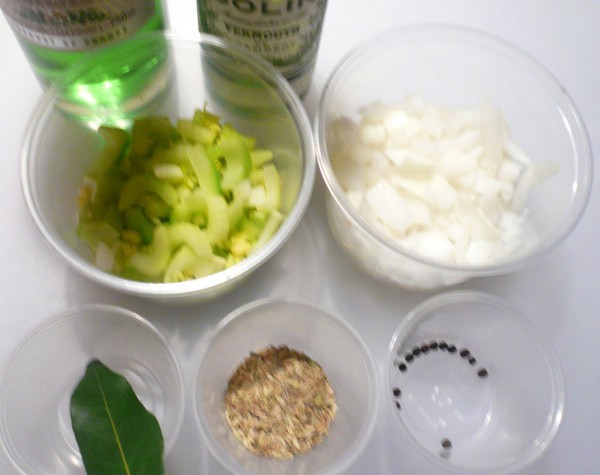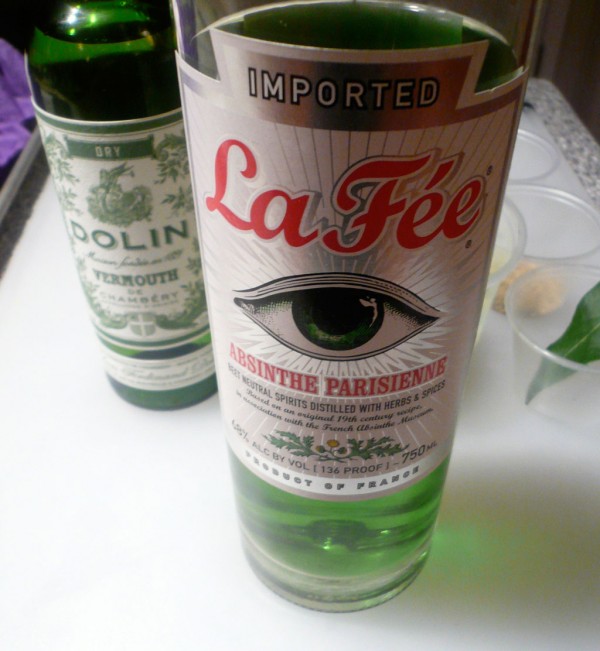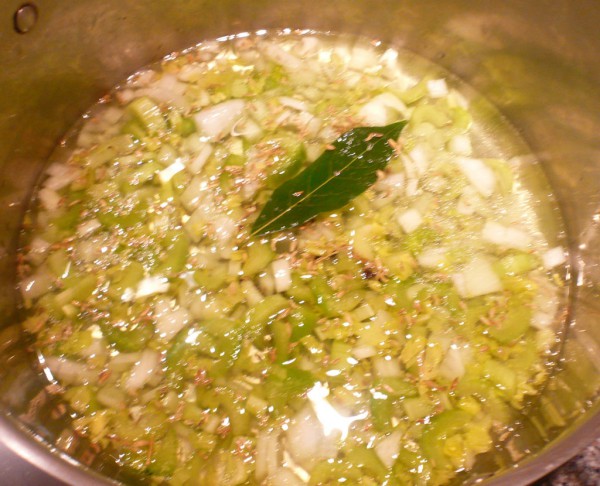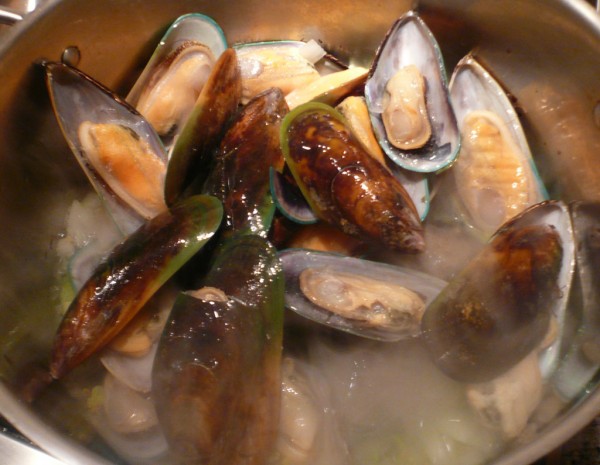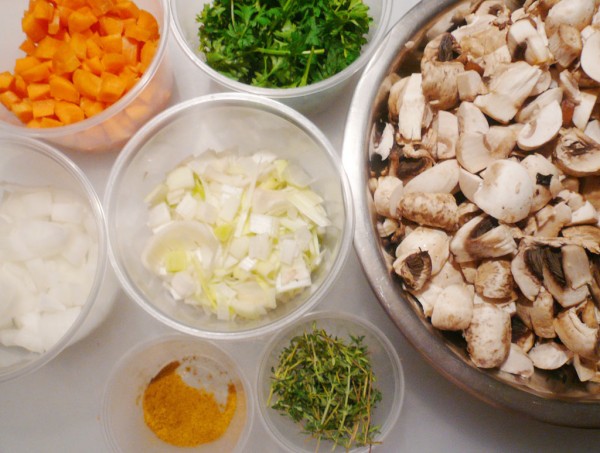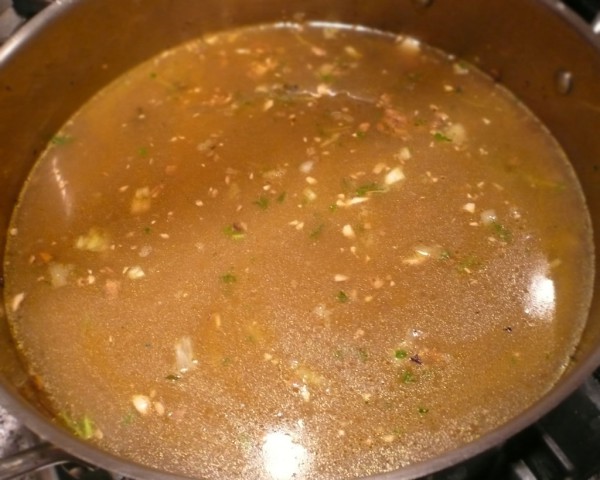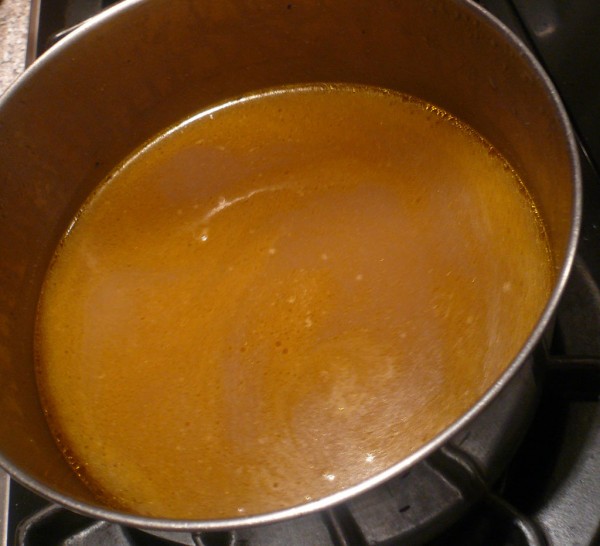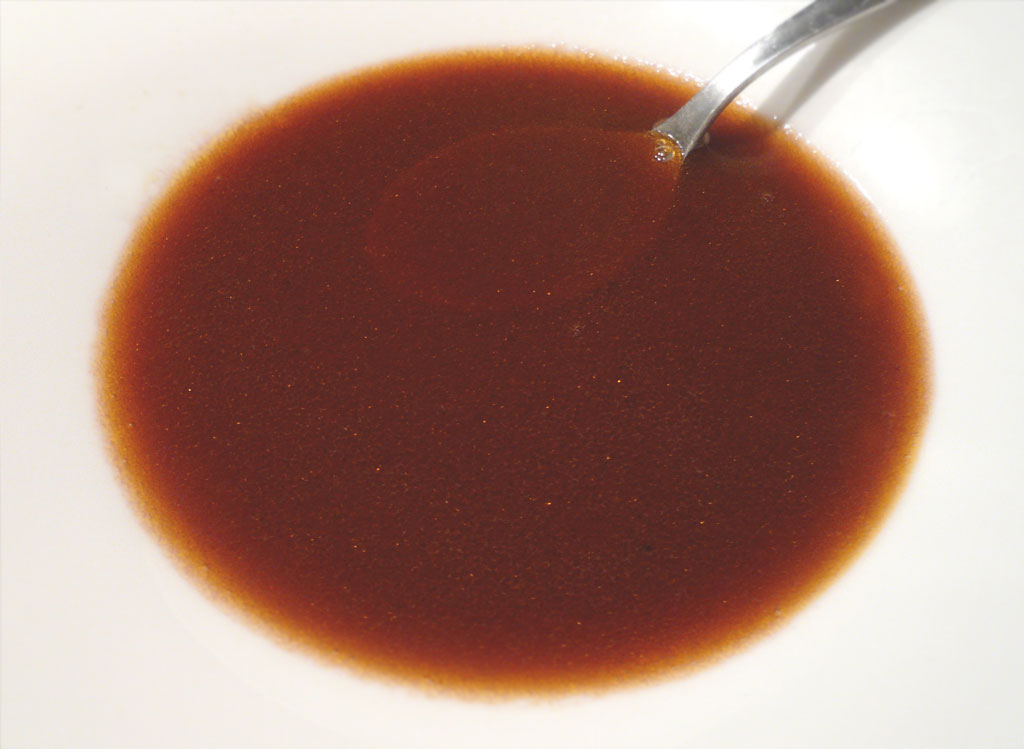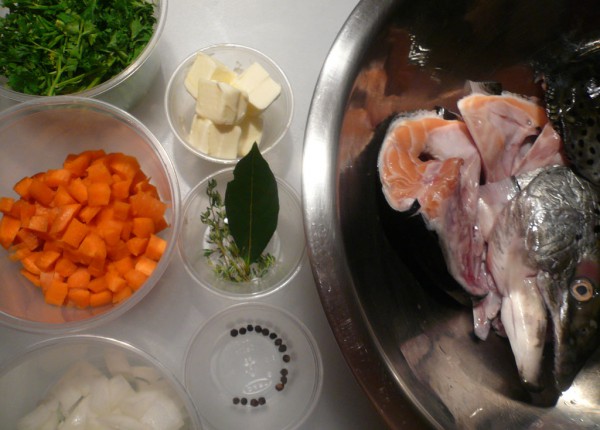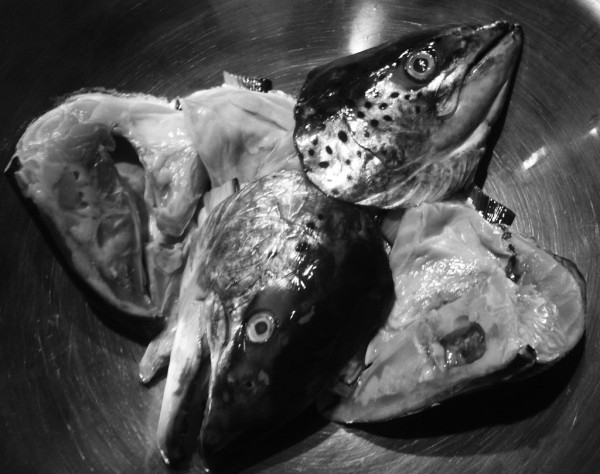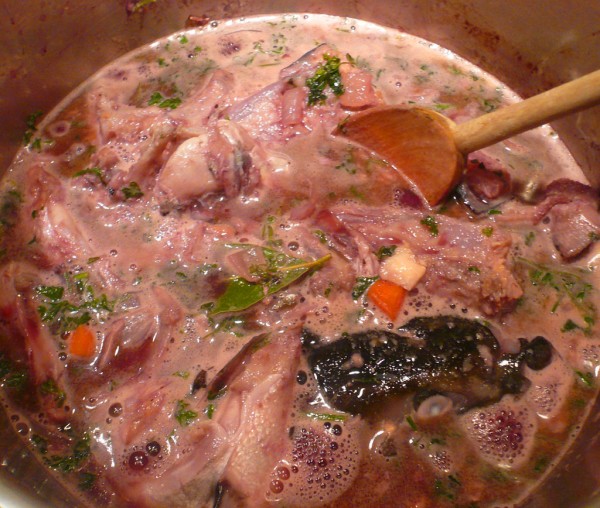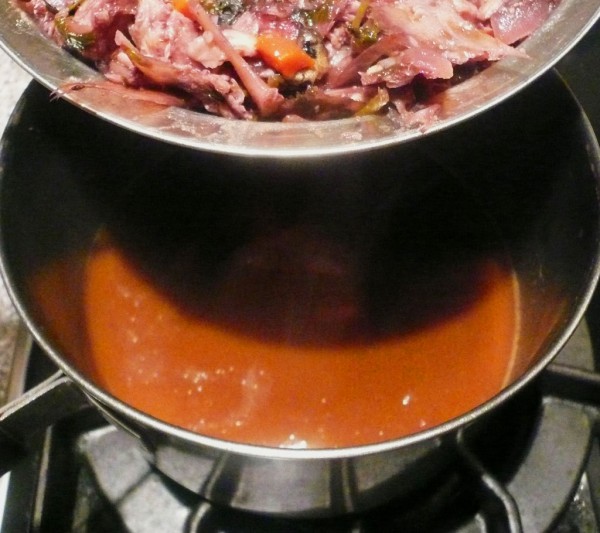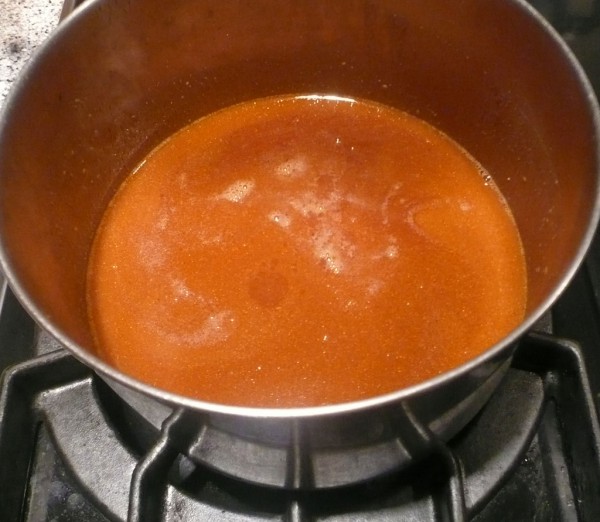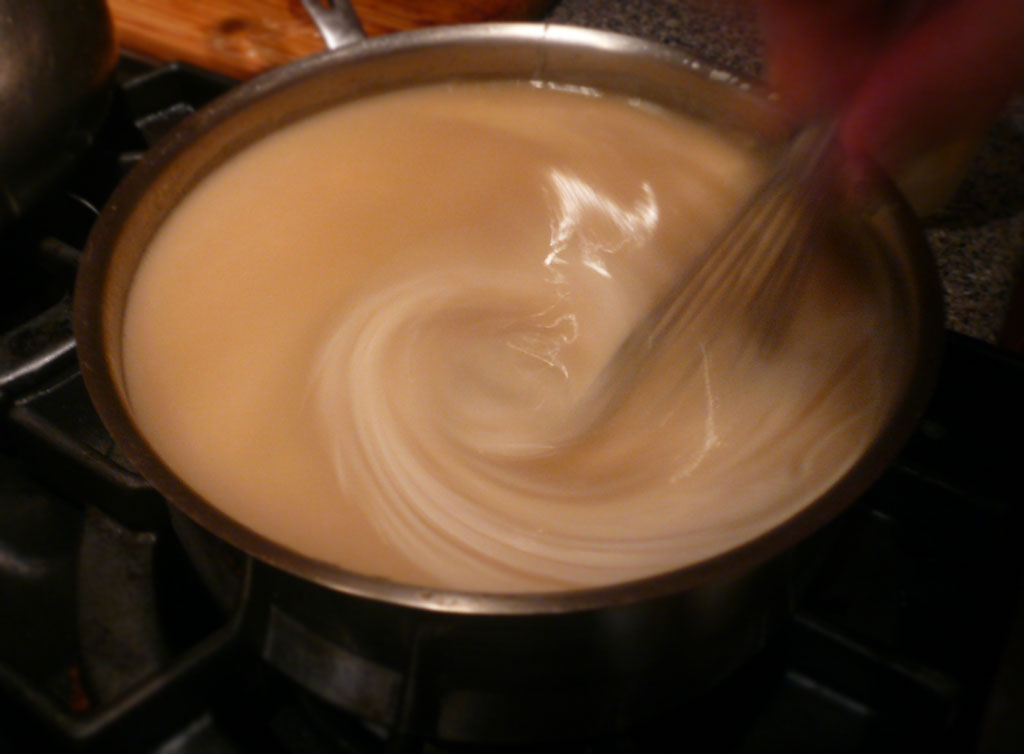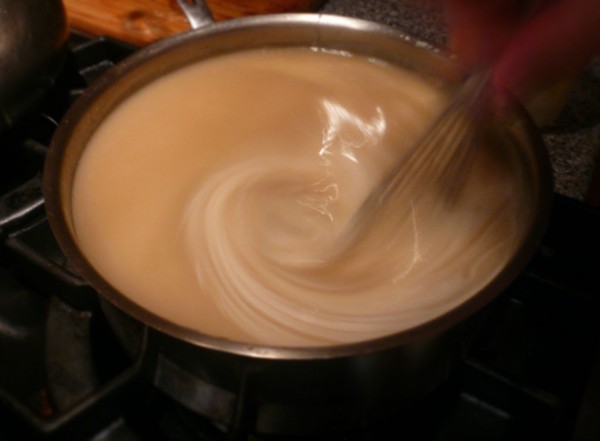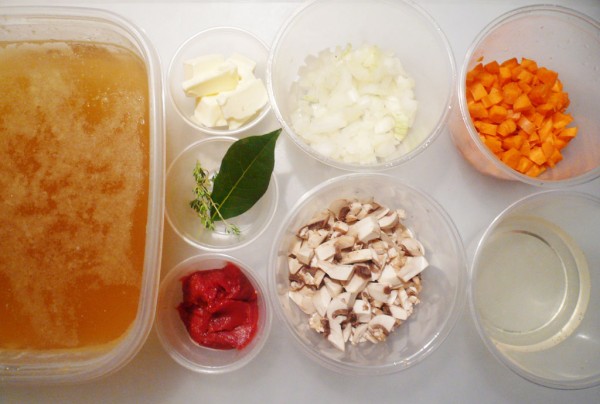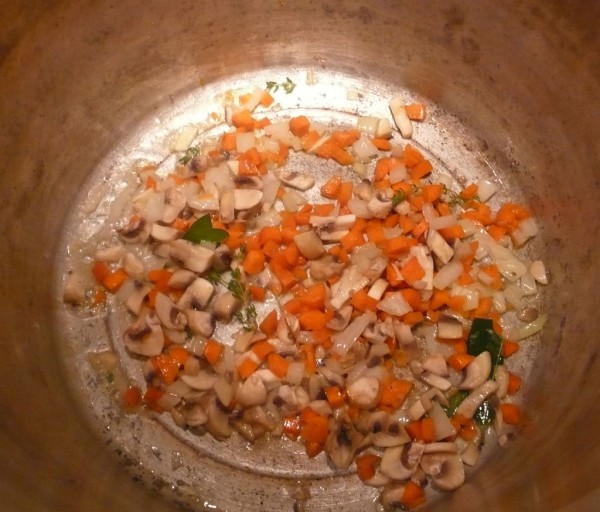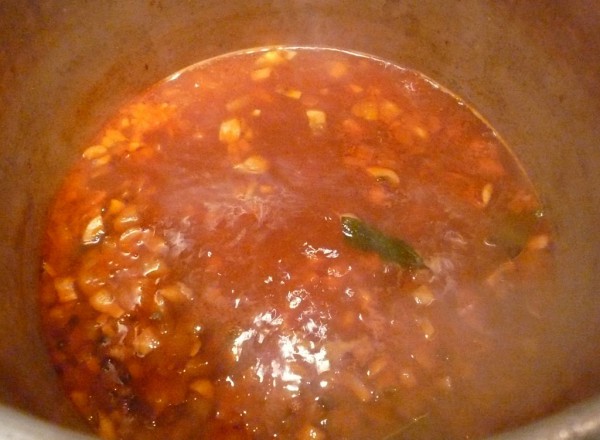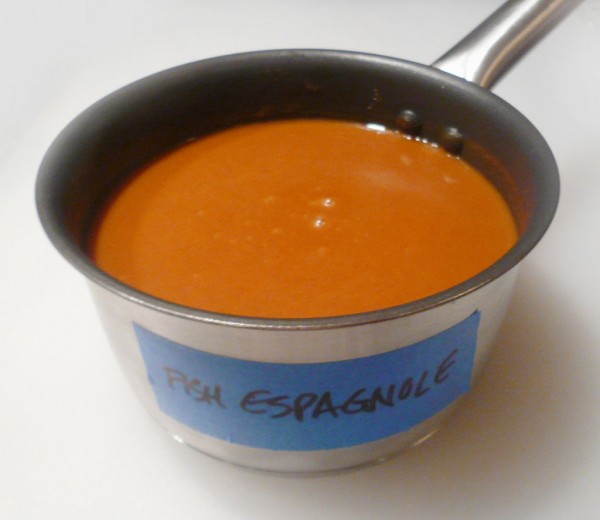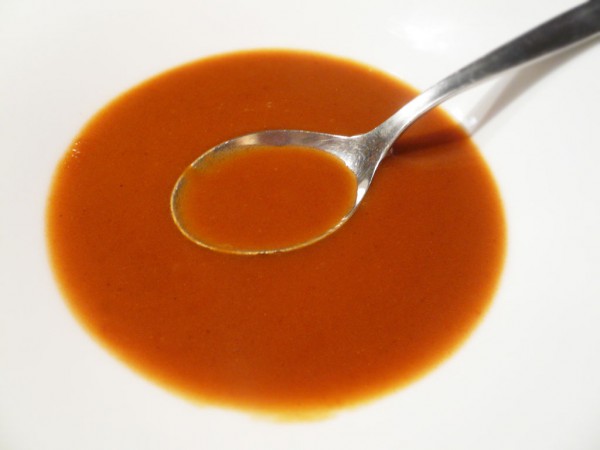Escoffier recipe for making sauce espagnole, Spanish sauce, at home (Escoffier, 16).
Sauce Espagnole, or Spanish Sauce, is a rich brown sauce — one of Auguste Escoffier’s mother sauces — and the basis for many others. Why is it called Spanish sauce? One of those things that’s lost to history for sure, but there are several theories.
“Spanish cooks of Louis XIII’s bride, Anne, helped to prepare their wedding feast, and insisted upon improving the rich brown sauce of France with Spanish tomatoes. This new sauce was an instant success, and was gratefully named in honor of its creators.” — Louis Diat.
“When the Bourbons made their way to the Spanish throne under Louis XV, and when Spanish fashions came back to Paris, the French cooks took a hint from the Spanish pot-au-feu — the olla podrida — and produced a variation of their brown sauce which they called Spanish.” — Auguste Kettner, 1877
“Espagnole sauce was imported as a celebratory salute to honor Louis XIV’s son, Philip V, in 1700 when he was placed on the Spanish throne.” — Glenn Gary Gamboa, 2011
You’ll find that most modern recipes (even Lagasse’s) for sauce espagnole start out with a brown stock, then add a mirepoix of carrots, onions, celery — rather than carrots, onions and mushrooms — and omit the meat. What the…
To heck with that! We’re doin’ it up right.
Caveat: this is shortened to six hours from Escoffier’s two-day recipe.
- Classic Sauce Espagnole
- brown stock + brown roux + mirepoix + bouquet garni + salt pork + butter + wine + tomato
- Modern Sauce Espagnole
- brown stock + brown roux
- Classic Sauce Espagnole Maigre
- fish stock + brown roux + mirepoix + bouquet garni + mushrooms + butter + wine + tomato
Sauce Espagnole
In a large stockpot, sauté the meat until browned. Add carrots, onion and mushrooms, and sauté in the butter until translucent. Then add the tomato paste and let all brown. Deglaze the pot with the white wine and reduce until almost dry.
Add the estouffade (brown stock), thyme and bay leaf. Gently simmer, skimming off any foam from the surface, for about 5 hours.
Strain and add the roux brun (brown roux) to the reduced stock.
Simmer gently for another hour, stirring so it does not stick. Brown roux can sometimes have a pronounced flavor. Try the sauce, and if it has a floury flavor, simmer some more.
Remove from heat, strain, and stir occasionally until the sauce has cooled to room temp. Use immediately, or place in plastic containers and reserve in the freezer.
Ingredients
225g (1/2 lb) diced salt pork, pork belly, smoked hamhock or bacon
65g (1/2 cup) diced carrots
40g (1/4 cup) diced onions
65g (3/4 cup) diced button or brown mushrooms
35g (7 1/2 teaspoons) unsalted butter
100g (1/2 cup) white wine
33g (2 tablespoons) tomato paste
1000g (4 cups) estouffade (brown stock)
2 sprigs fresh thyme
1 bay leaf
125g (about 1 cup) roux brun (brown roux)
Equipment
Salter digital scale
Measuring bowls
Cutting board and kitchen knife
Large stock pots
Wooden spoon
Chinois, strainer or sieve
Spoon or small strainer for skimming
Small bowl
Plastic containers
Total time: Prep: 15 minutes, Cook: 6-8 hours
Yields: 2-4 quarts of stock, depending on how long you simmer it.
From the Book:
16. Sauce Espagnole
Ingredients:
625g (1 lb 6oz) brown roux – using 285g clarified butter and 340g sifted flour
12 litres (2 5/8 gal or 3 1/4 U.S. gal) estouffade, brown stock
150g (5oz) roughly diced salt belly of pork
250g (9oz) roughly diced carrots
150g (5oz) roughly diced onions
2 sprigs thyme
2 small bay leaves
500g (l lb 2oz) tomato purée or 2000g (4.5 lb) fresh tomatoes
2 dl (7 fl oz or 7/8 U.S. cup) white winePreparation:
Place 8 litres (1 3/4 gal or 2 1/4 U.S. gal) of the stock in a heavy pan and bring to the boil; add the Roux, previously softened in the oven. Mix well with a wooden spoon or whisk and bring to the boil mixing continuously. Draw the pan to the side of the stove and allow to simmer slowly and evenly.Meanwhile, place the salt pork in a pan and fry to extract the fat, add the vegetables and flavourings and fry until light brown in colour. Carefully drain off the fat and put the ingredients into the sauce; deglaze the pan with the wine, reduce it by half and also add to the sauce. Allow to simmer gently for 1 hour skimming frequently.
Pass the sauce through a conical strainer into another pan, pressing lightly. Add another 2 litres (3/4 pt or 9 U.S. cups) stock, bring to the boil and allow to simmer gently for a further 2 hours. Pass the sauce through a fine strainer and stir occasionally until completely cold.
The next day, add the remainder of the stock and the tomato purée; bring the sauce to the boil stirring continuously with a wooden spatula or whisk, then allow to simmer gently and evenly for 1 hour skimming carefully.
Pass through a fine strainer or tammy cloth and stir occasionally until the sauce is completely cold.
Notes
1) The time required for the preparation and refining of this sauce cannot be indicated exactly as it depends to a large extent on the quality of the stock used in its making. The refining of this sauce will be quicker if the stock is of very good quality in which case an excellent Espagnole can be prepared in five hours.
2) Before adding tomato purée to this sauce it is advisable to spread the required quantity on a tray and to cook it in the oven until it turns a light brown colour. This will destroy most of the excess acidity found in tomato purées, and when prepared in this way, the purée assists in clarifying the sauce and at the same time gives it a smoother taste and a more agreeable colour.A. Escoffier. Le guide culinaire, 1921
